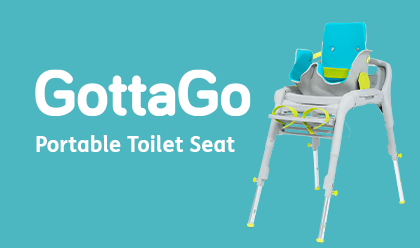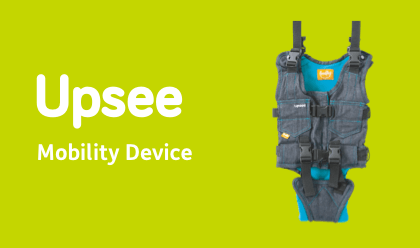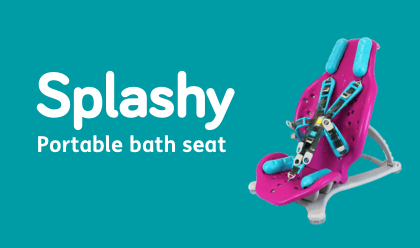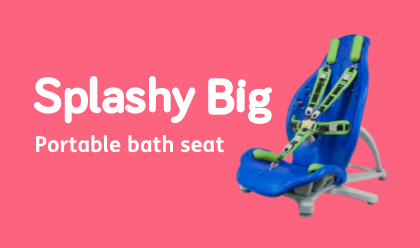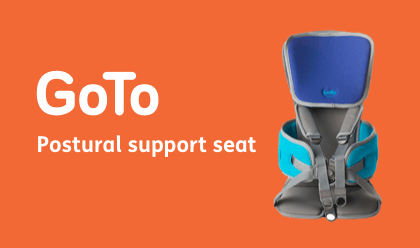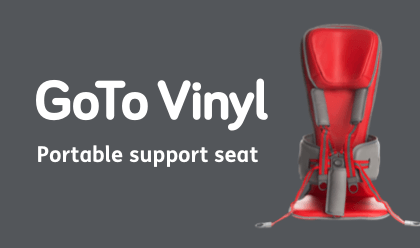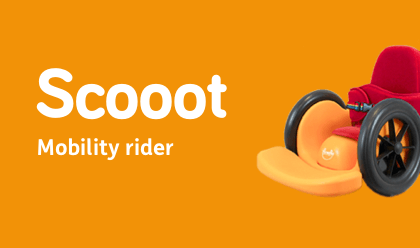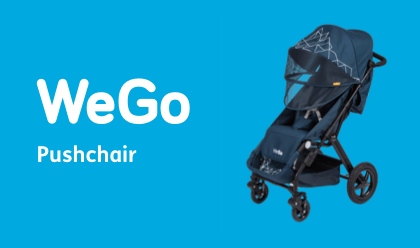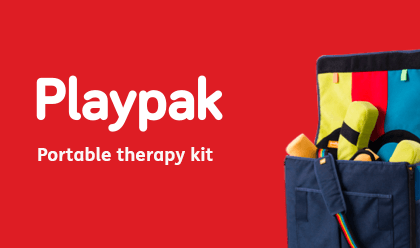Vagus Nerve Stimulation – Alternative Epilepsy Treatment
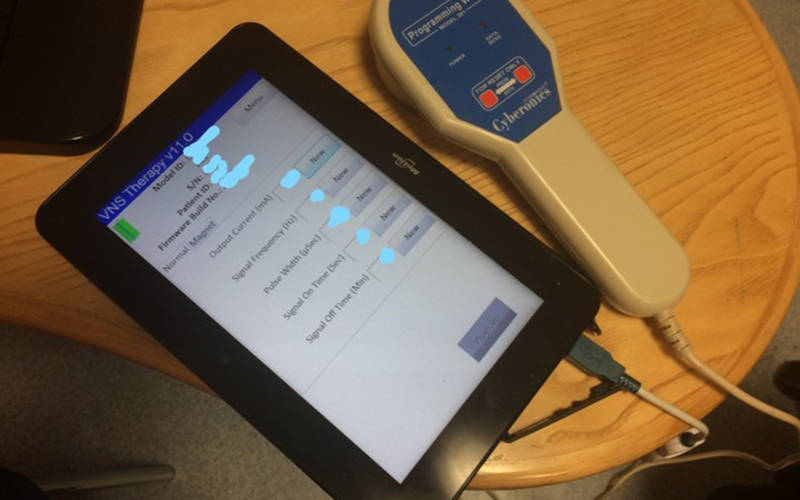
Hugh's epilepsy has been a major factor in his life for as long as I can remember.
His first obvious seizure happened at around 10 months but it's highly likely he was having seizures before this; he was already undergoing investigations for epilepsy due to the fact he was losing skills and regressing in some areas of his development and his brain MRI had flagged up that seizures would be highly likely.
When the epilepsy diagnosis came, when he was just over a year old, I assumed it would easily be controlled and that life would return to normal. Instead I discovered that Hugh was one of the 30% of people who never control their epilepsy through drugs alone. We tried 6 or 7 different anti-epileptics drugs in varying combinations but eventually it became clear that Hugh was in the category 'medically intractable'- the drugs don't work.
We tried the ketogenic diet next and the success of this was astounding; within weeks his seizures drastically reduced. We started going out as a family again, we even managed a holiday to Wales, things that were impossible when his seizures were at their peak. Hugh remained on the ketogenic diet for three years but seizures started to creep back in. Thankfully though, never to the degree they were before we started the diet.
The next course of action in trying to control Hugh’s seizures were surgical options – either brain surgery or a Vagus Nerve stimulator Implant. An MRI of Hugh’sbrain couldn’t find a single point from which his seizures started (his whole brain is affected) therefore he wasn’t eligible for brain surgery. Instead, we opted for the VNS.
Vagus Nerve Stimulation (VNS) is a treatment for epilepsy where a small device is implanted under the skin in the chest.
This device, similar to a pace-maker, is called a generator. The generator is connected to a thin wire, which stimulates the vagus nerve in the person’s neck at regular times throughout the day. This sends impulses to the brain, which helps to prevent electrical activity that causes seizures.
We were told at Hugh’s pre-operative assessment that about a third of patients see significant improvements, a third some improvement and a third it makes no difference at all. Side effects, other than those associated with a general anaesthetic are apparently minimal and include intermittent hoarseness and difficulty swallowing while the device is sending electrical impulses.
The surgery to fit the VNS was relatively straightforward and Hugh was discharged the following day with a dressing on his neck and another on his chest. At no point during the surgery, does the surgeon operate on the actual brain. Hugh recovered quickly and needed minimal pain relief over the following days. Although the scar on his chest is a raised keloid scar, the one on his neck is bravely visible. Two weeks after surgery we returned to hospital for the device to be turned on. This was all done electronically with a large ‘wand’ held over the device in his chest and it was all programmed through an iPad.
Over the coming weeks and months, the settings were tweaked and adjusted to try and get the best seizure control. The length of time between the impulses sent to the brain can be adjusted as well as the strength and duration. In addition to the automatic impulses from the device we have a magnet which we can swipe over the generator in Hugh’s chest to give a booster impulse at the start of the seizure, with the intention of interrupting the brainwaves and stopping the seizure or reducing the severity or duration.
We were warned that it may take time to see an improvement in Hugh’s seizure control and initially I was worried it had made them worse.
The frequency increased but thankfully they were less severe and didn’t require hospitalisation as often. With time though, the frequency reduced too and we began to get longer and longer gaps between significant seizures.
After less than three years the battery on the VNS ran out, which was much quicker than we expected. The replacement surgery was quick and the recovery even quicker than last time. And the bonus was that Hugh was fitted with the newest VNS device which has an ‘auto-stim’ feature which automatically sends an impulse to the brain when it detects an increased heart rate which could indicate the start of a seizure.
Hugh has had a VNS in place for four years. He is not completely seizure free but we have had amazing success: It’s been one whole year since he’s had a major seizure, 16 months since he last needed rescue medication and over two and a half years since he was lasted hospitalised for seizures and needed IV drugs. For a child that was averaging hospital admissions every three months, that’s a great result!
